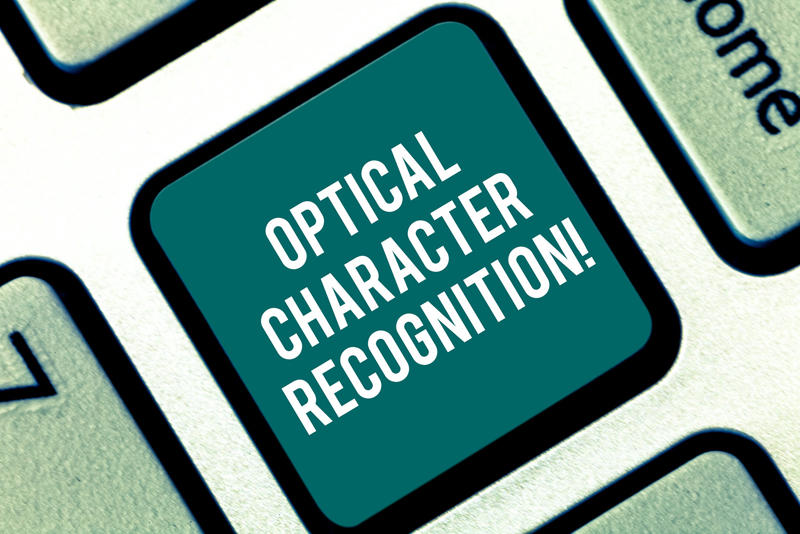Digitization is widely used in all industries and digitized documents ensure safety, easy storage and quick retrieval of data. Optical Character Recognition or OCR is a technology that can extract all the text from the images, pdf documents or scanned files. A scanned file is usually stored as an image if not converted into a text-searchable file with the help of OCR technology. Once that is done, the document allows the search engine to perform content search inside the file and retrieve appropriate results. Professional data entry companies provide OCR solutions and OCR cleanup services that will help improve the quality of the document conversion process.
Human to human communication comprises unstructured data that needs to be converted into documents and with OCR, these unstructured data can be converted into machine-readable text that can be searched and therefore more easily consumed by humans. Digitizing books and other unstructured documents that enable human to human communication is one of the popular use cases for OCR technology. An example would be Google Translate’s OCR that helps users read in any language.
OCR is a foundational technology but it has its own shortcomings:
- OCR may not recognize the characters that are non-oriented or skewed. So OCR software should be able to straighten and de-skew images.
- Glared text or blurry images are hard to read for humans as well as machines. Higher image quality leads to higher quality OCR output.
- Coloured and varying background patterns can reduce text recognition. Fixed backgrounds can improve OCR performance.
Document capture or data extraction involves turning unstructured or semi structured data such as forms into structured documents such as text documents. The characters produced by OCR has no meaning to machines but data extraction includes structuring this data to make it actionable.
AI vendors rely on OCR, the foundational technology, to extract data. So, when you are hiring an OCR vendor make sure that you look for the following features:
- Character recognition accuracy
- User-friendly interface
- Computation speed
- Output file formats (Word, Excel, PDF, etc.)
- Integration with ERP data
- Learning over time
Optical character recognition (OCR) software works with the scanner that allows you to edit or search for your document in a word processing program. OCR systems include software and hardware. Physical documents are converted into machine-readable texts using Optical Character Recognition and for reading or copying text, hardware systems like specialized circuit board or optical scanner are used. The advanced processing is typically handled by software systems. For advanced methods of intelligent character recognition, software can use artificial intelligence.
One of the main reasons for the rising demand of OCR technology is the need for ID verification services. The use of Optical Character Recognition technology can save a lot of time required in the ID verification process. To read credentials from an official document, the use of OCR technology can save a lot of time required in the ID verification process.
OCR technology requires some tools to convert any document into editable format. There are many tools available that can harness the power of OCR and perform the conversion process. These tools are available online and some needs to be downloaded. Downloaded software does not require Internet connection but lets you convert any document; JPG to Word Converter is one of the commonly used OCR tools. The quality of the output and its accuracy depends on the quality of the input file. Paper document digitization and OCR can help organizations improve productivity and efficiency. Partnering with a reliable document scanning company is the best way to achieve these goals.
The global OCR Systems Market has witnessed tremendous growth over the last few years, and market observers and studies say that this market will reach new heights in the coming years.




